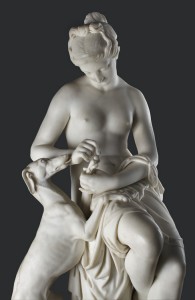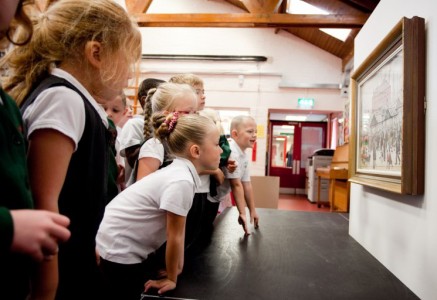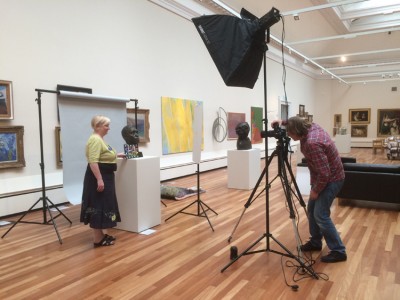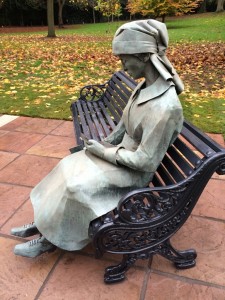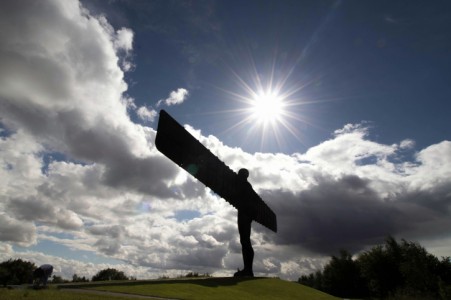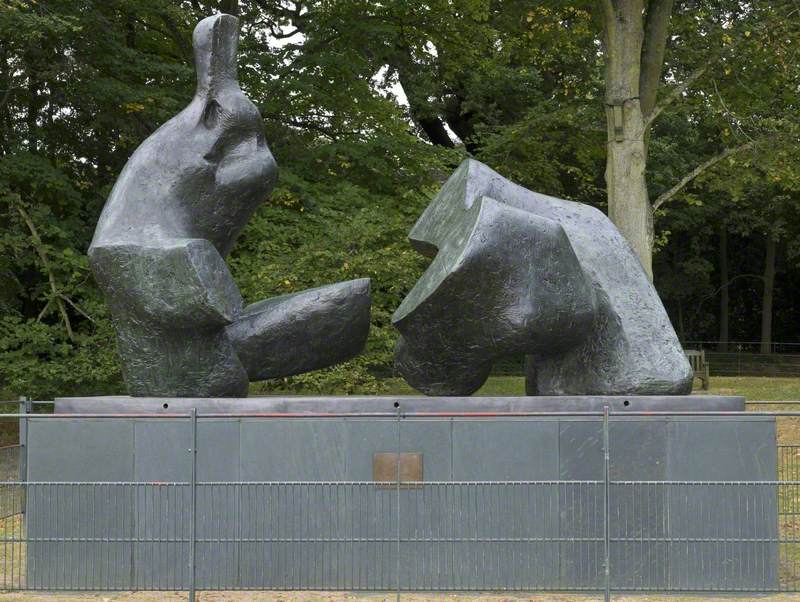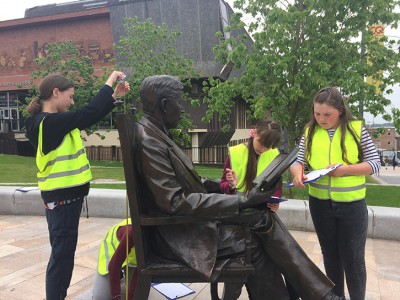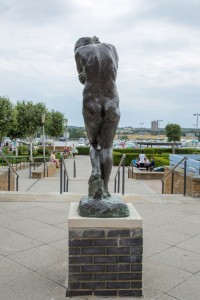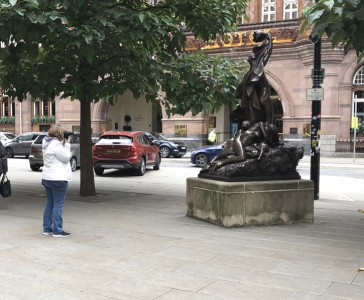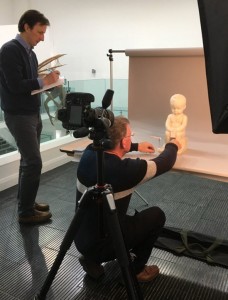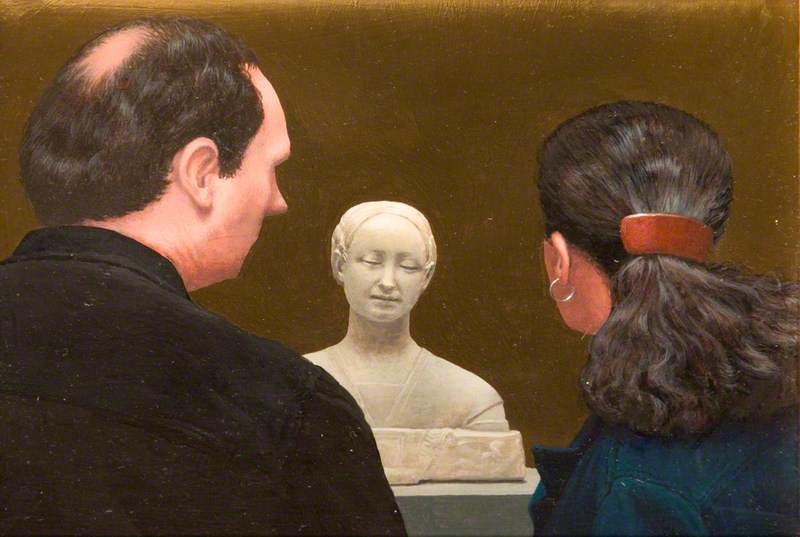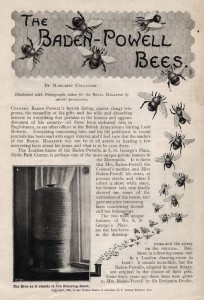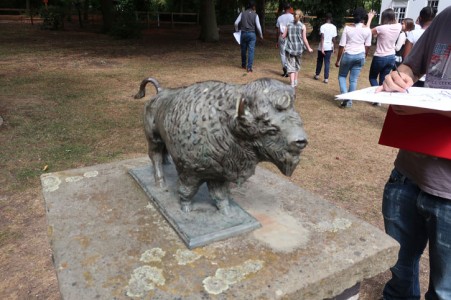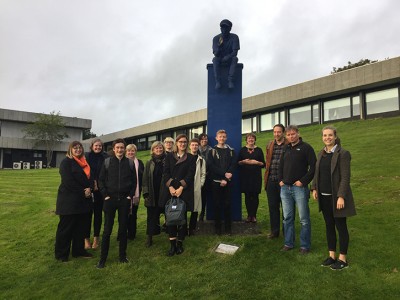2018 marks the centenary of the UK’s Scout Heritage Collection. Over the last 100 years, the Collection has grown to around 250,000 items, from uniforms and
‘...there is one little thing that many an old Scout can do for us ... and that is to help in the collection we are making of historical records of the Movement. Good photographs of really interesting incidents connected with Scouting are especially in demand, but also records, anecdotes, etc.’
We are delighted, in this anniversary year, to be working with Art UK to highlight some of the items within the sculpture collection. Gilwell Park is the worldwide spiritual home of Scouting and has been lucky enough to be gifted a diverse range of sculpture from Scouts from around the world including Thailand, Mexico, New Zealand and Chile. Many of these gifts have stories which reflect the values of Scouting and its international community.
Robert Baden-Powell (1857–1941)
Bust, presented to Gilwell by the Scouts of Mexico, 1968 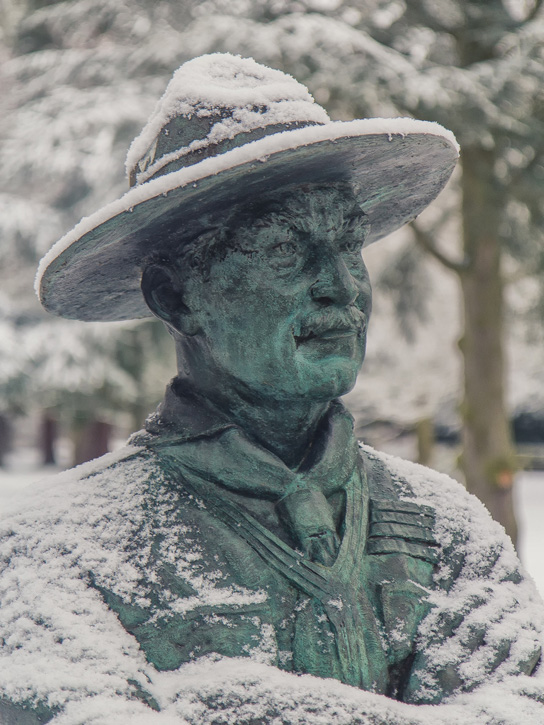
One of the most iconic sculptures is Bronze Buffalo, presented in 1926 by the Boys Scouts of America (BSA). The buffalo is a large, scale model of the Silver Buffalo Award presented by BSA for distinguished service to the Movement.
Buffalo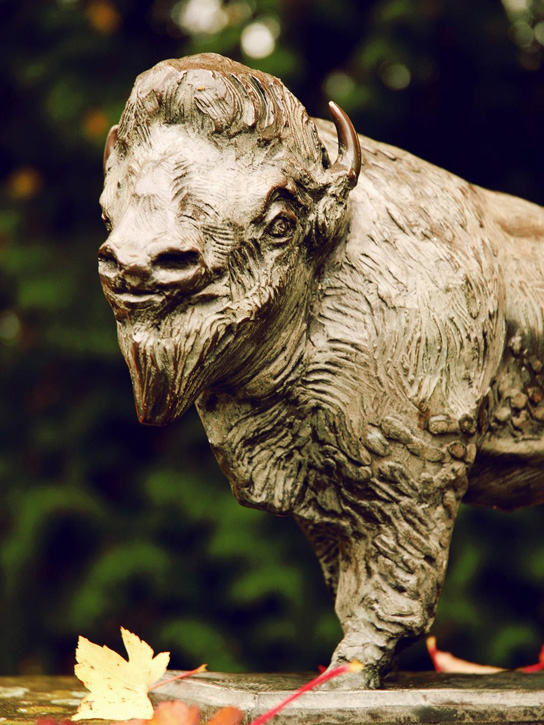
The first Silver Buffalo was presented to Robert Baden-Powell. The second was presented, as the plaque on the statue says:
‘To the Unknown Scout Whose Faithfulness in the Performance of the Daily Good Turn Brought the Scout Movement to the United States of America.’
The Bronze Buffalo presentation ceremony. In attendance (left to right): Robert Baden-Powell, the American Ambassador Alanson B. Houghton, and Chief Scout of Wales, HRH Edward, Prince of Wales (later King Edward VIII). 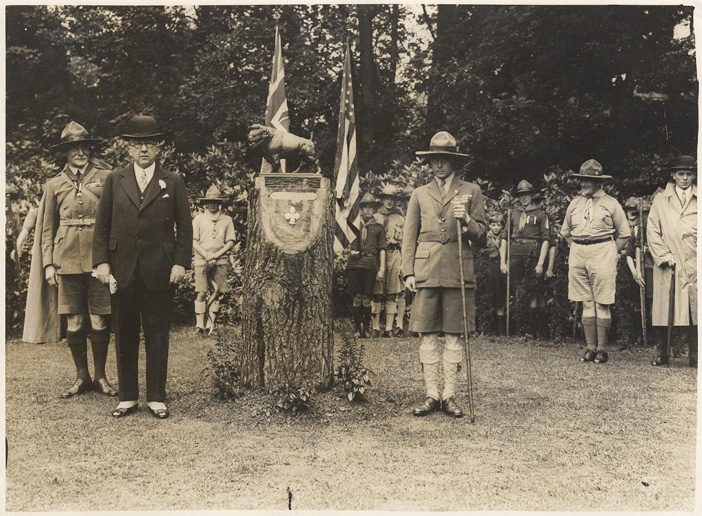
The story of the unknown Scout has become woven in mystery; it tells of a Scout who helped American William D. Boyce find his way when he got lost in London. Boyce tried to tip the boy in thanks for the good turn, but the boy refused, explaining he was a Scout and couldn’t accept payment for lending a hand to someone in need. Boyce was intrigued and visited Scout HQ to find out
Few Scouts have left their mark on Gilwell Park’s landscape in the same way as the sculptor Don Potter (1902–2004). Don joined the Scouts as a Wolf Cub and remained a lifelong member of the Movement. He attended the first leader training course to be held at Gilwell in September 1919 and secured a job at the Park. A colleague bought him his first set of wood carving tools, and he was encouraged to use Gilwell’s abundant supply of wood to learn his craft.
Don Potter carving the Leopard Gates at Gilwell Park 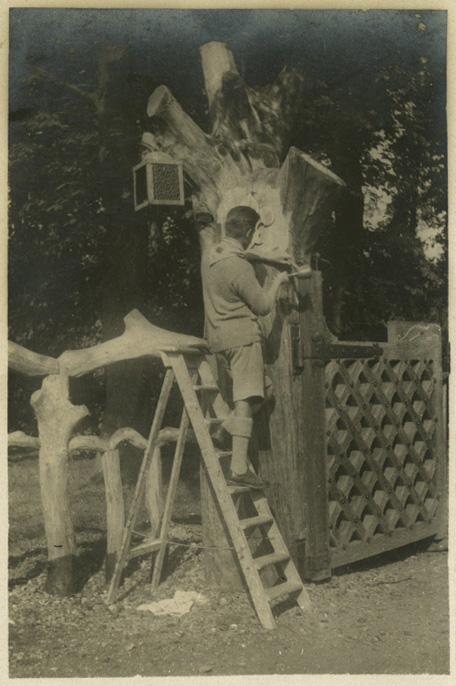
During his time at Gilwell, Potter created a range of structures and sculptures, including Leopard and the Jim Green Memorial Gates.
Leopard Gates
1927, wood by Don Potter (1902–2004) 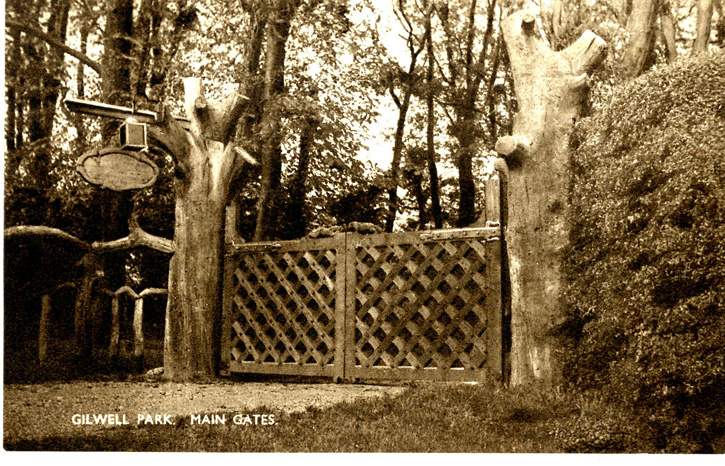
Leopard Gates (detail)
1927, wood by Don Potter (1902–2004) 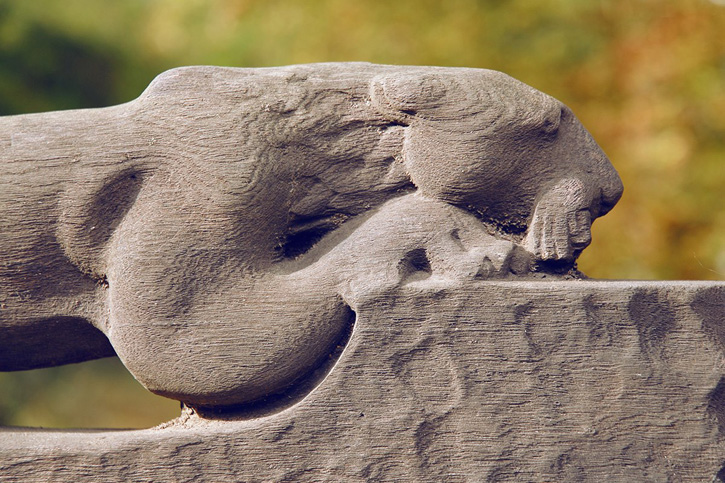
Potter left Gilwell in the early 1930s to study sculpture. He received several commissions and later became a teacher, passing on these skills to his pupils, who included Habitat design entrepreneur Terence Conran.
Another sculpture in the Collection is this Buddha, which was presented to Gilwell Park by the Scouts of Thailand to mark the centenary of Scouting in 2007.
Buddha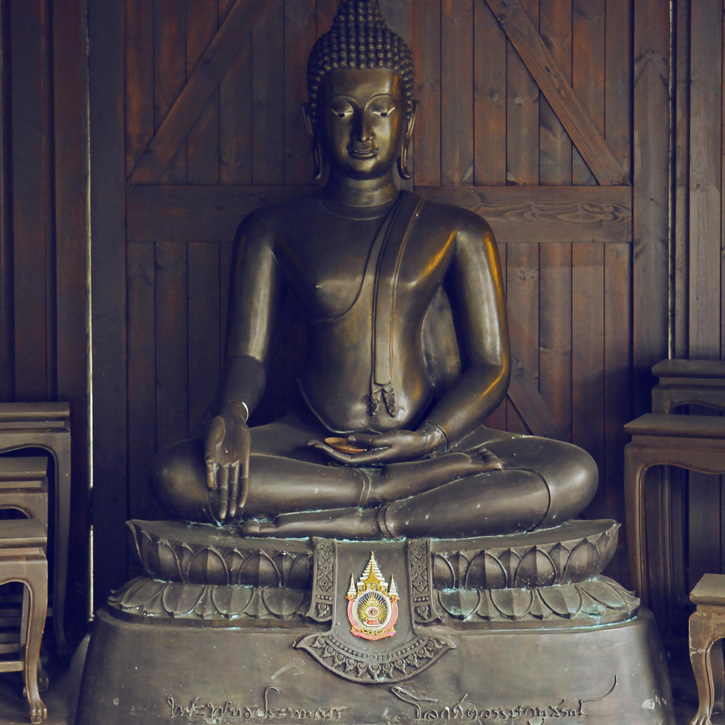
There has been a Buddhist Sala at Gilwell since 1967, and it forms part of the Faith Walk which includes a Mosque, Synagogue, Roman Catholic Chapel and Outdoor Chapel.
We are looking forward to seeing our sculpture on Art UK in the future, alongside the oil paintings in our collection.
Caroline Pantling, Heritage Service Manager, The Scout Association
